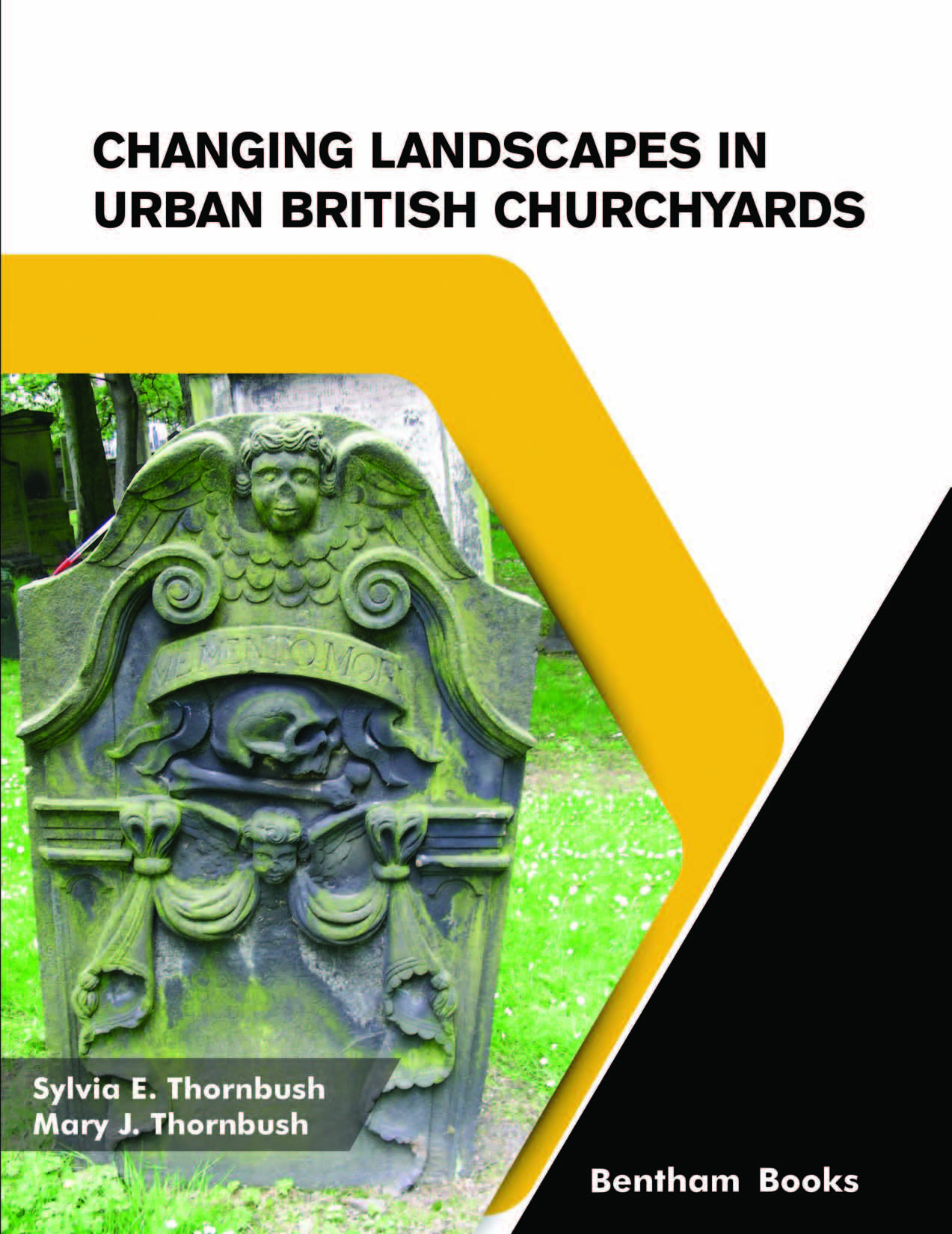Introduction
This interdisciplinary reference work presents a linked consideration, to the reader, of physical-cultural (physicocultural) representations of headstones located in urban churchyards in England and Scotland. The geomorphology of landscapes relevant to these locations is explained with the help of detailed case studies from Oxford and Edinburgh. The integrated physicocultural approach addresses the conservation of the archaeological record and presents a cross-temporal perspective of landscape change – of the headstones as landforms in their landscape (as part of deathscapes). The physical record (of headstones) is examined in the context of both cultural representation and change. In this way, an integrated approach is employed that connects the physical (natural) and cultural (social) records kept by historians and archeologists over the years.
Changing Landscapes in Urban British Churchyards
is of interest to geomorphologists, historians and scholars interested in understanding landscaping studies and cultural nuance of specific historical urban sites in England and Scotland.

